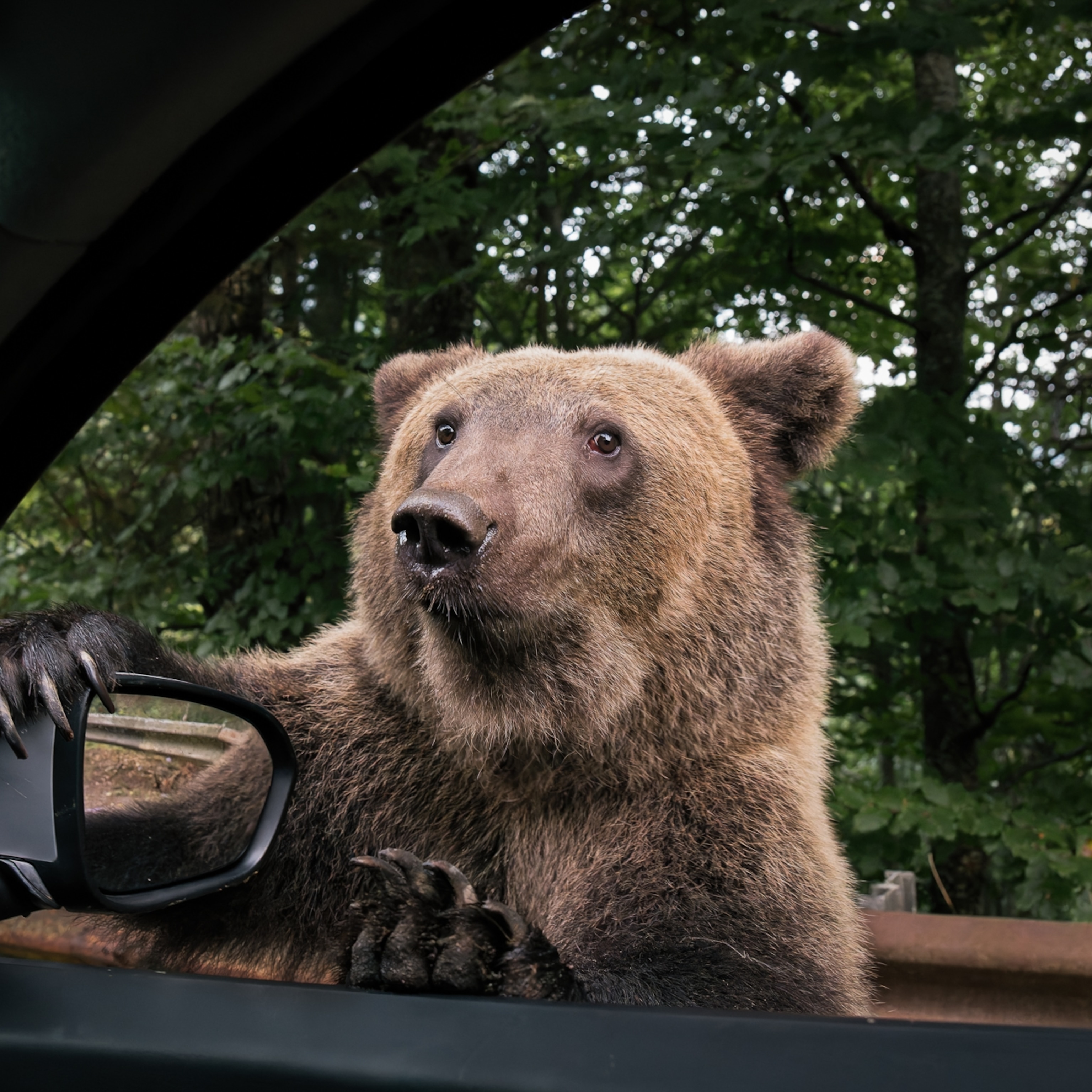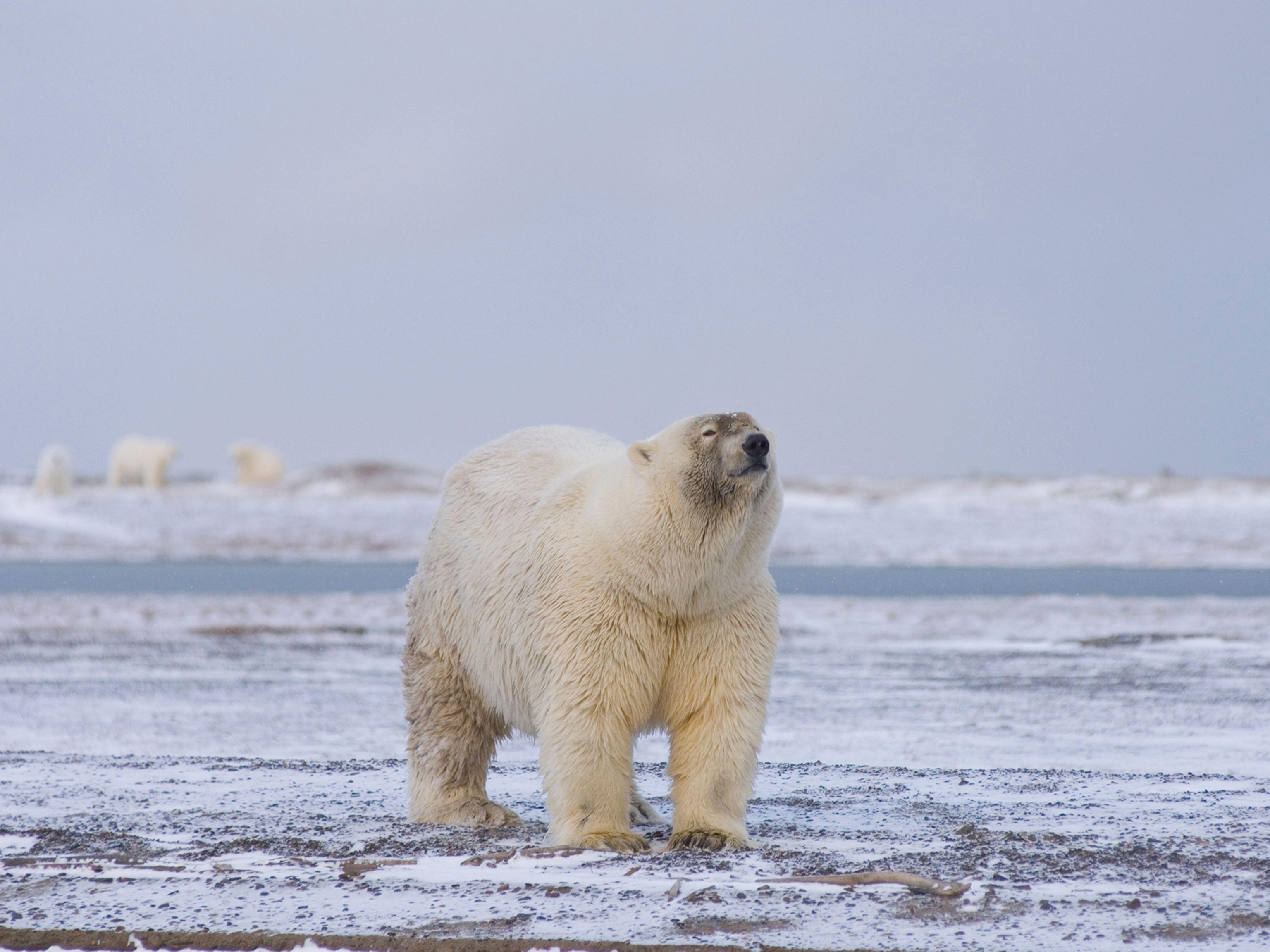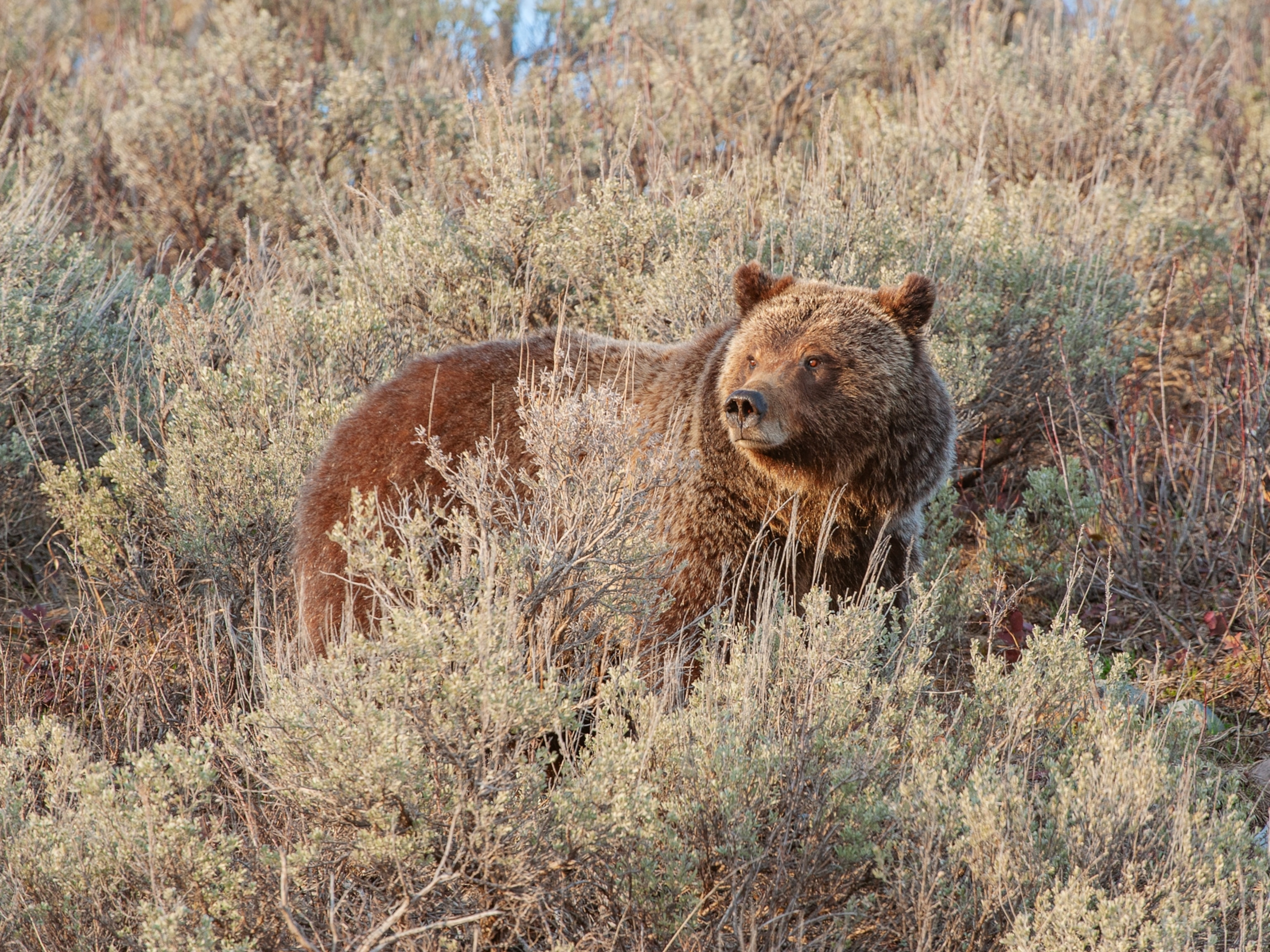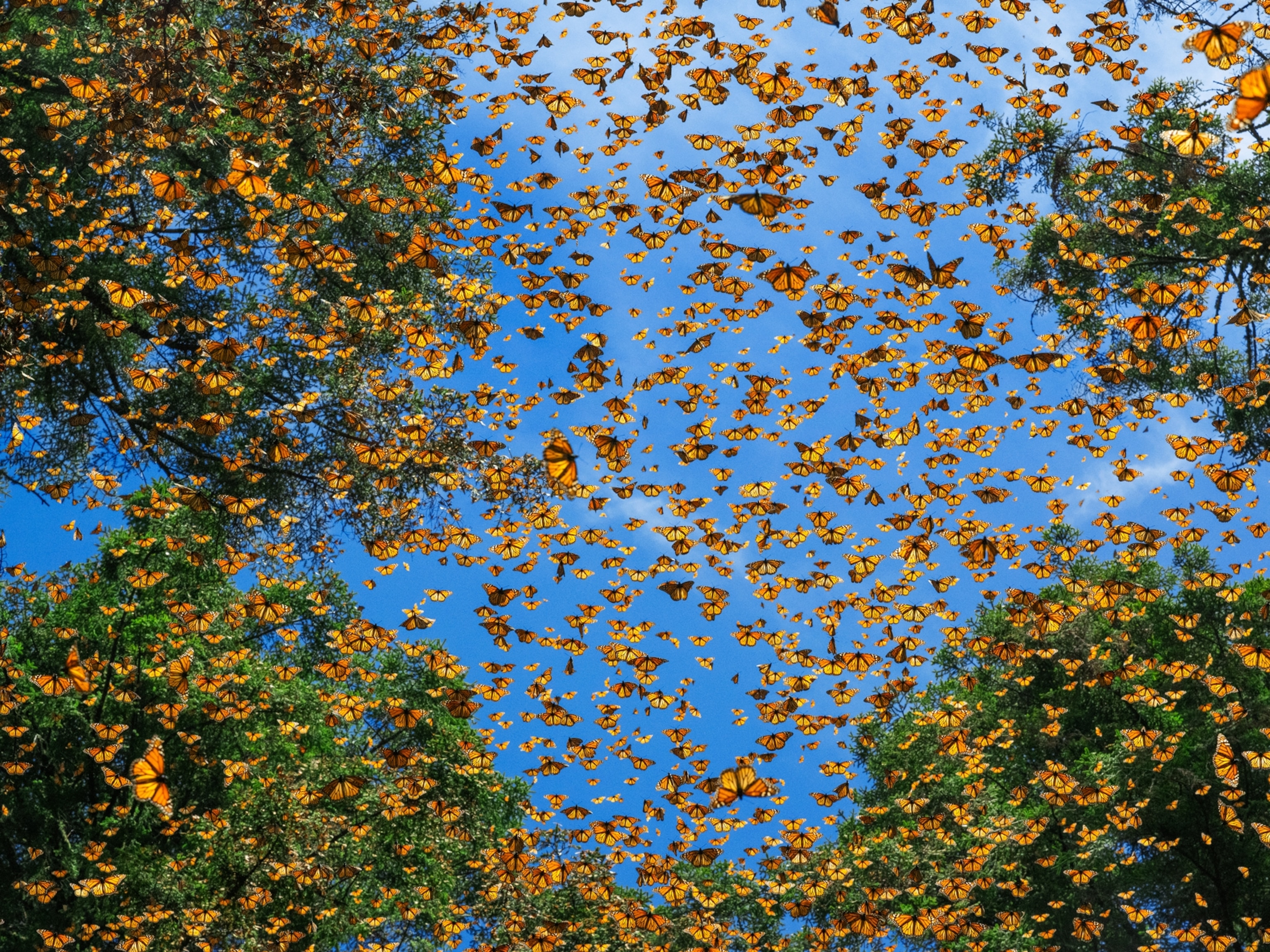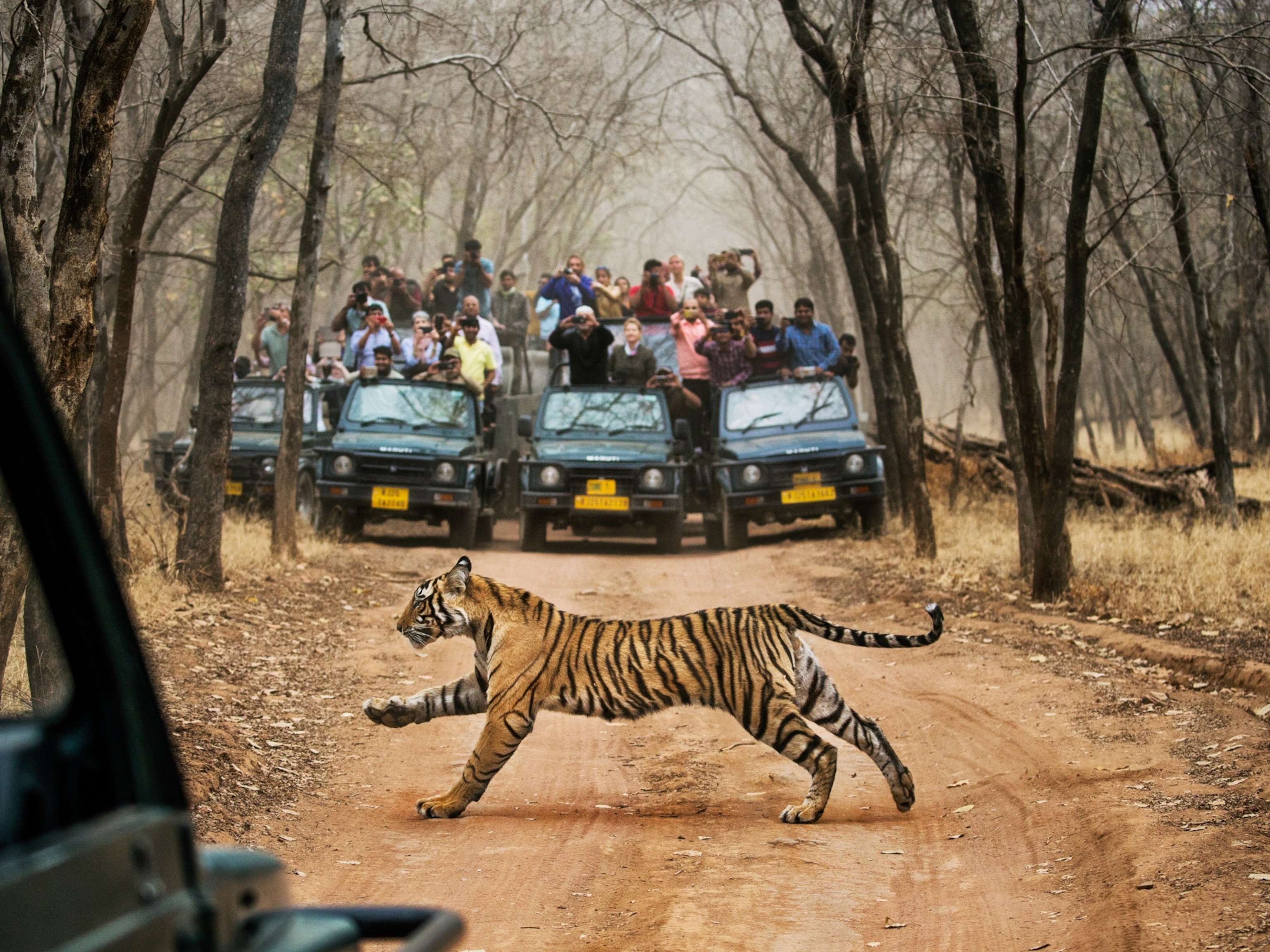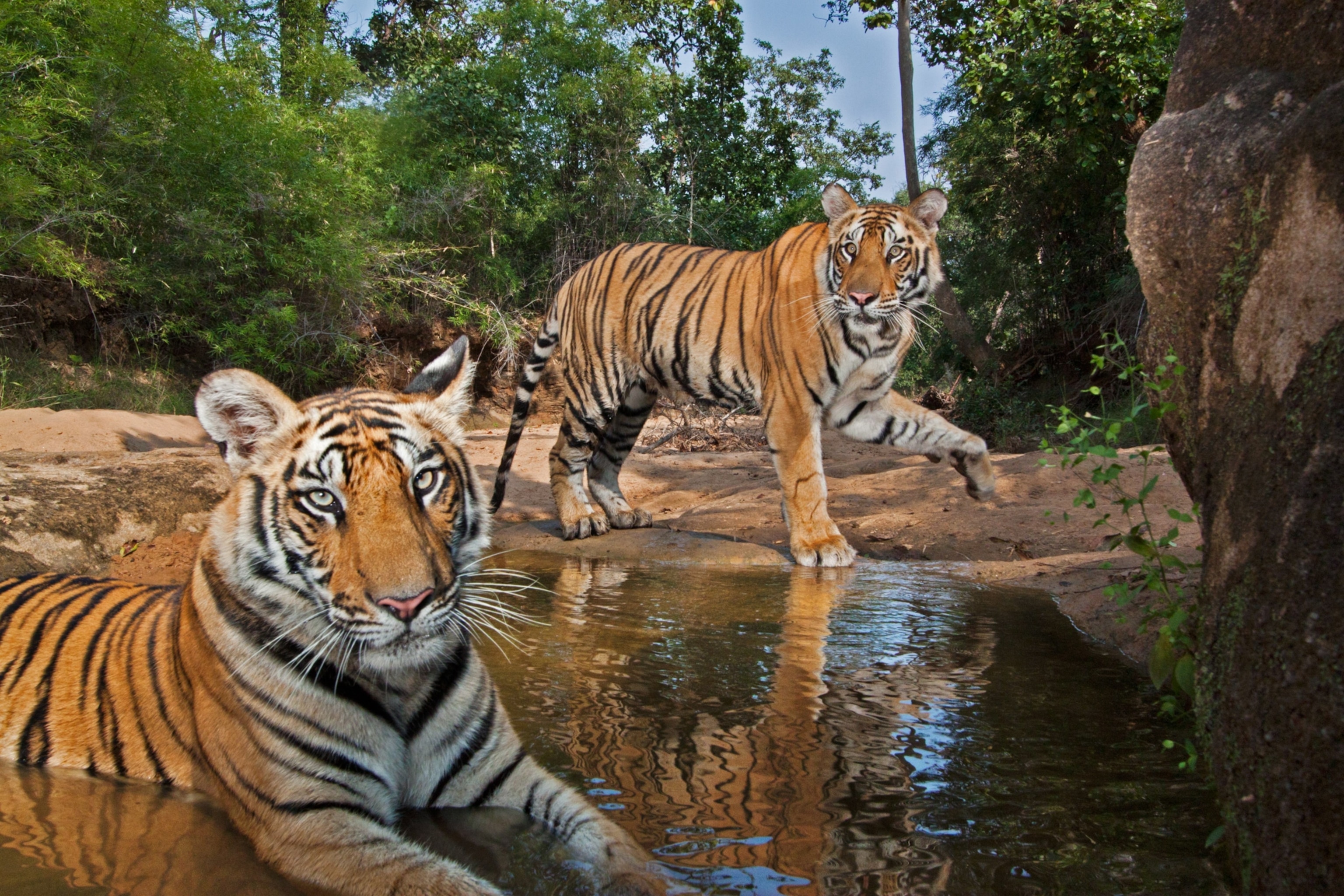
See some of Nat Geo’s most striking photos of tigers—ever
A century of National Geographic’s tiger stories highlights our changing perceptions of the majestic big cats.
“There was the grandest sight of animal beauty and pent-up physical force I had ever seen,” wrote William Mitchell in the November 1924 issue of National Geographic. “Its coat, of the brightest-orange color streaked with jet-black, gleamed in the afternoon sun.”
Mitchell grabbed his U.S.-made Springfield rifle: “I was very anxious to kill my tigers with an all-American outfit.”
Widely considered the father of the U.S. Air Force, Mitchell was on assignment in India for the magazine. The task: Kill a tiger and write about it.
As the Year of the Tiger begins, according to the Chinese zodiac, the cats inhabit less than 6 percent of their historic range, and fewer than 5,000 remain in the wild. Their situation is slightly improved from a decade ago, when the global tiger population fell to an all-time low of 3,200, but they still face serious threats from habitat destruction and poaching, and from humans who retaliate against them for preying on livestock.

National Geographic’s reporting on tigers over the past century reflects shifting perceptions: man-eaters to be slain, elusive kings of the jungle to be admired, endangered species to be saved, exploited captives to be rescued.
Throughout the 19th century and into the 20th, tigers were widely seen as people-killers. The characterization wasn’t unfounded: In 1923, the year before Mitchell went on his hunting trip to India, tigers killed 352 people in the country’s central region.
“He who is successful in bagging this master of the jungle is looked upon as a public benefactor,” Mitchell wrote. Jungle animal hunting—largely tigers, bears, and leopards—was, he noted, a “royal sport.” The government paid bounties for killing tigers. In 1921 alone, hunters [in the central provinces] were rewarded for killing more than 2,500 jungle predators. (If you’re a subscriber, you can read the story in our archives.)
As decades passed and knowledge of tigers deepened, attitudes shifted. “Slowly, we have learned something of their ways, of family life, relations between male and female,” wrote Stanley Breeden in a story on India’s tigers in the December 1984 issue. “The stripes and squiggles on the tigers’ cheeks and eyebrows are as distinctive as the fingerprints of humans.”
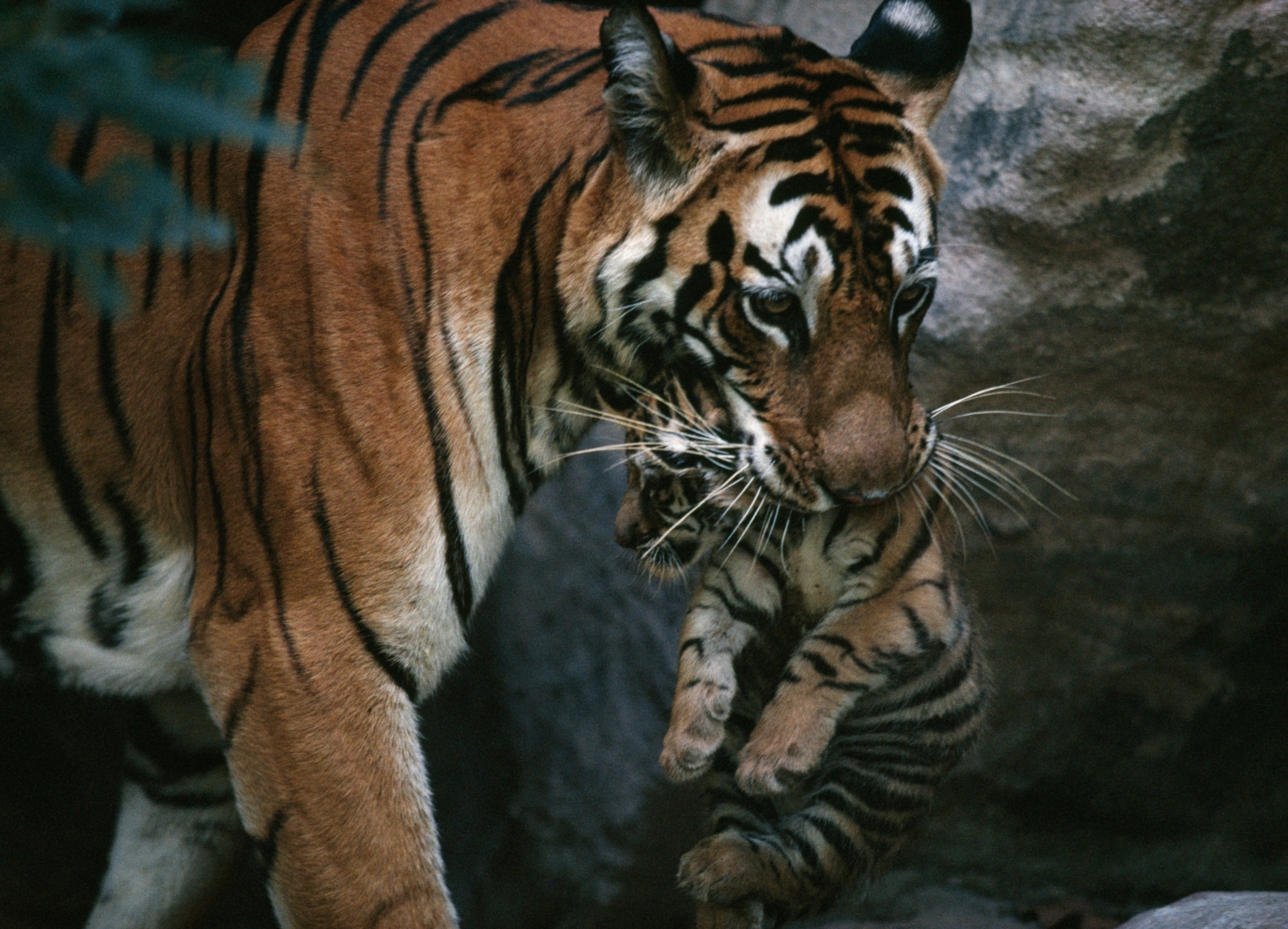
The ways National Geographic has used photography to depict tigers also have evolved. In Mitchell’s 1924 piece, the only photo of a tiger is the one he kills—in blurry black-and-white, its lifeless body obscured by long grasses. Later, telephoto lenses were pulling the animals closer to readers, and today, camera trapping technology safely brings wild tigers right up to the lens for striking, candid portraits.
In 1997, photographer Michael “Nick” Nichols followed a tiger known as Sita in India’s Bandhavgarh National Park. He captured intimate photos of her as she gave her tiny cubs a morning tongue bath; as she stood on her hind legs at dusk, marking her scent on a tree; and as she encouraged her cubs to eat a dead sambar deer—one of their first tastes of meat. (See some of our favorite candid wildlife photos taken by camera trap.)
From hunters to protectors
Half a century after publishing the tiger hunting story, National Geographic sent staff writer John J. Putman to India to consider the tiger from a new point of view.
“The great forests have shrunk under the ax and the plow, and shrunk again,” he wrote in 1976 in "India Struggles to Save Her Wildlife.”
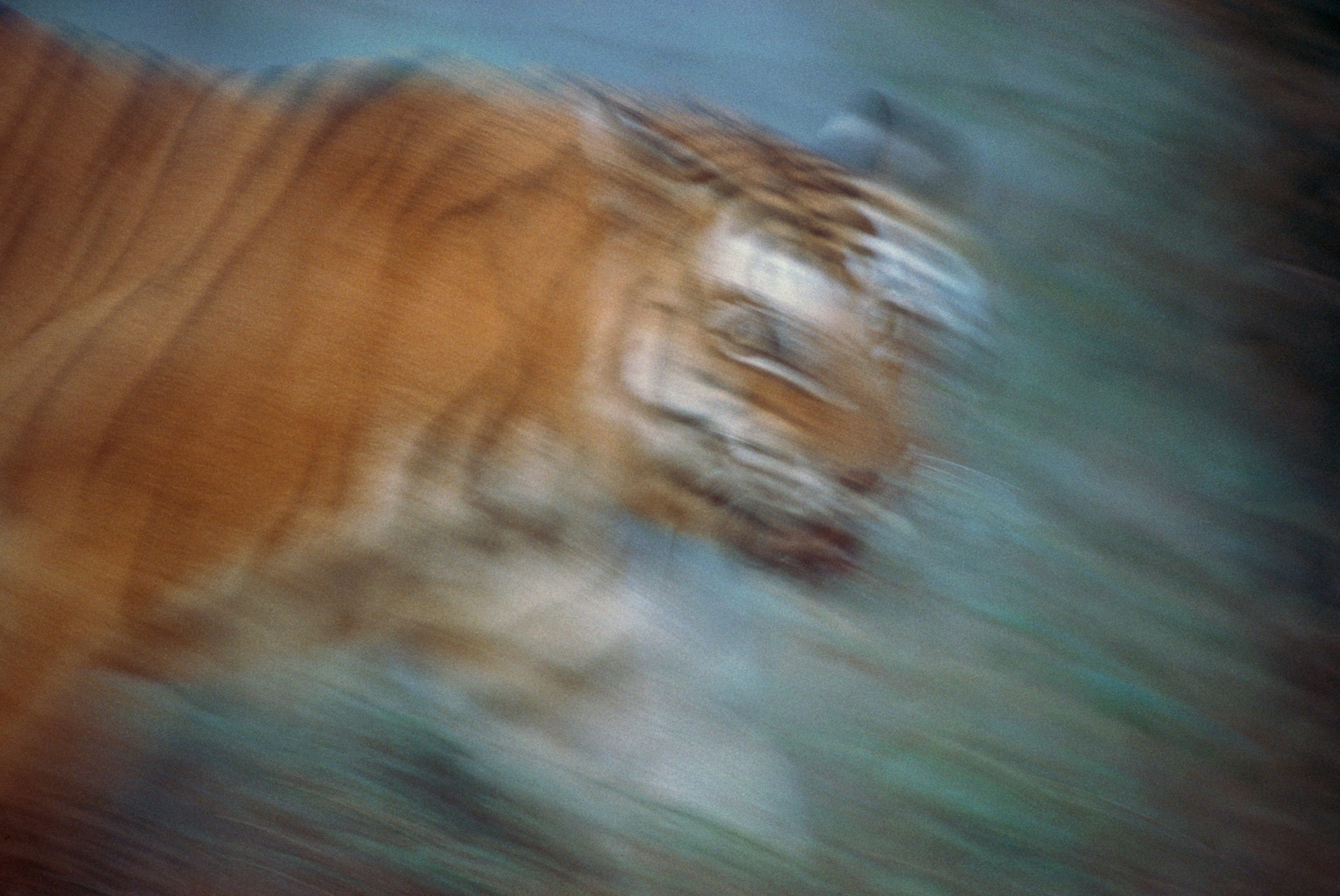
“The predators have become the hunted. The Indian cheetah is now extinct; the tiger gravely endangered.” Habitat fragmentation had decimated wilderness, and India’s independence in 1947, Putman reported, had ushered in open season on hunting wildlife. In 1953, an elderly prince in central India celebrated a milestone: “I am very happy today,” he told an acquaintance. “For today I have shot my 1,100th tiger!” The prince ended up killing a total of 1,157, according to Putman.

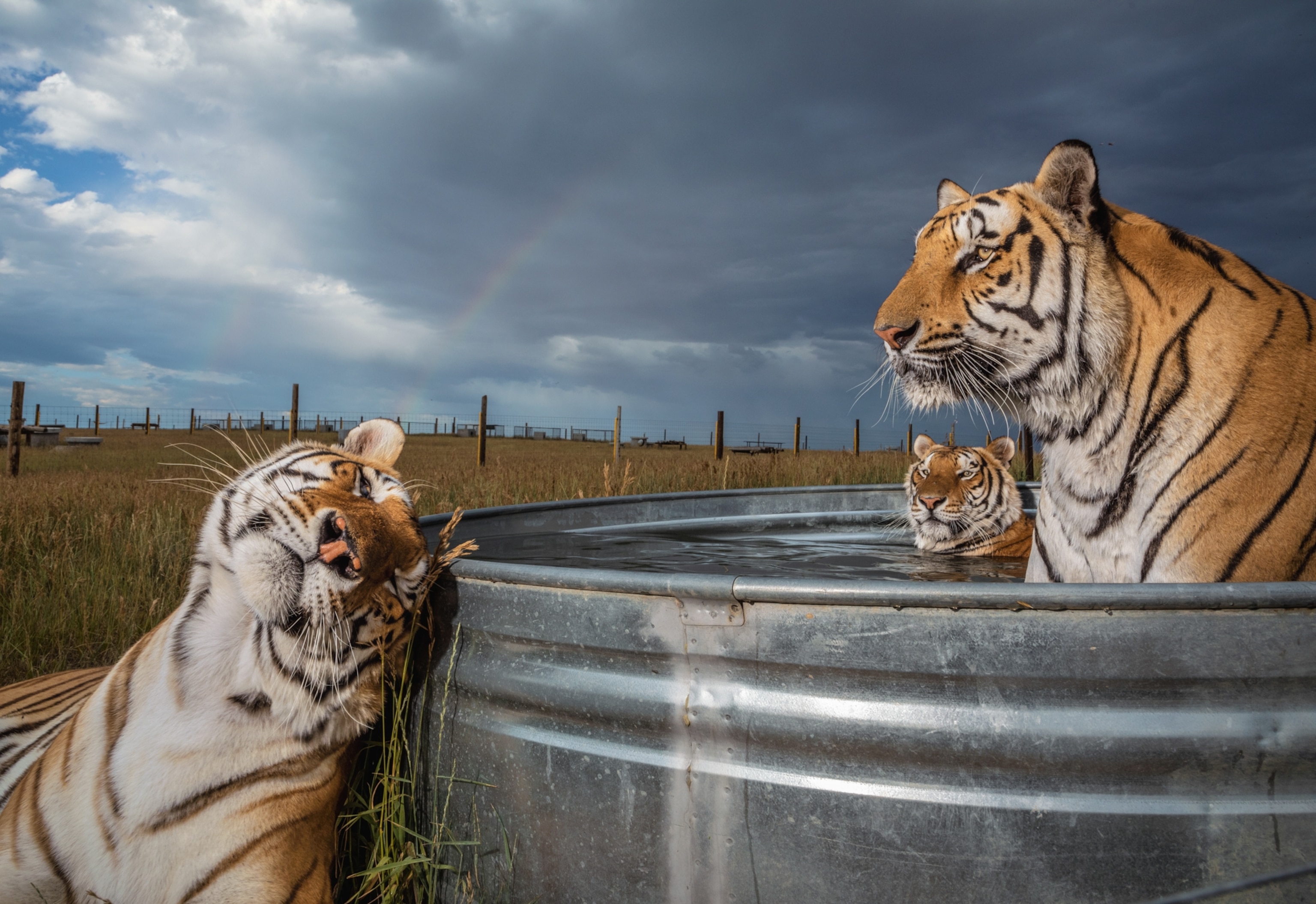
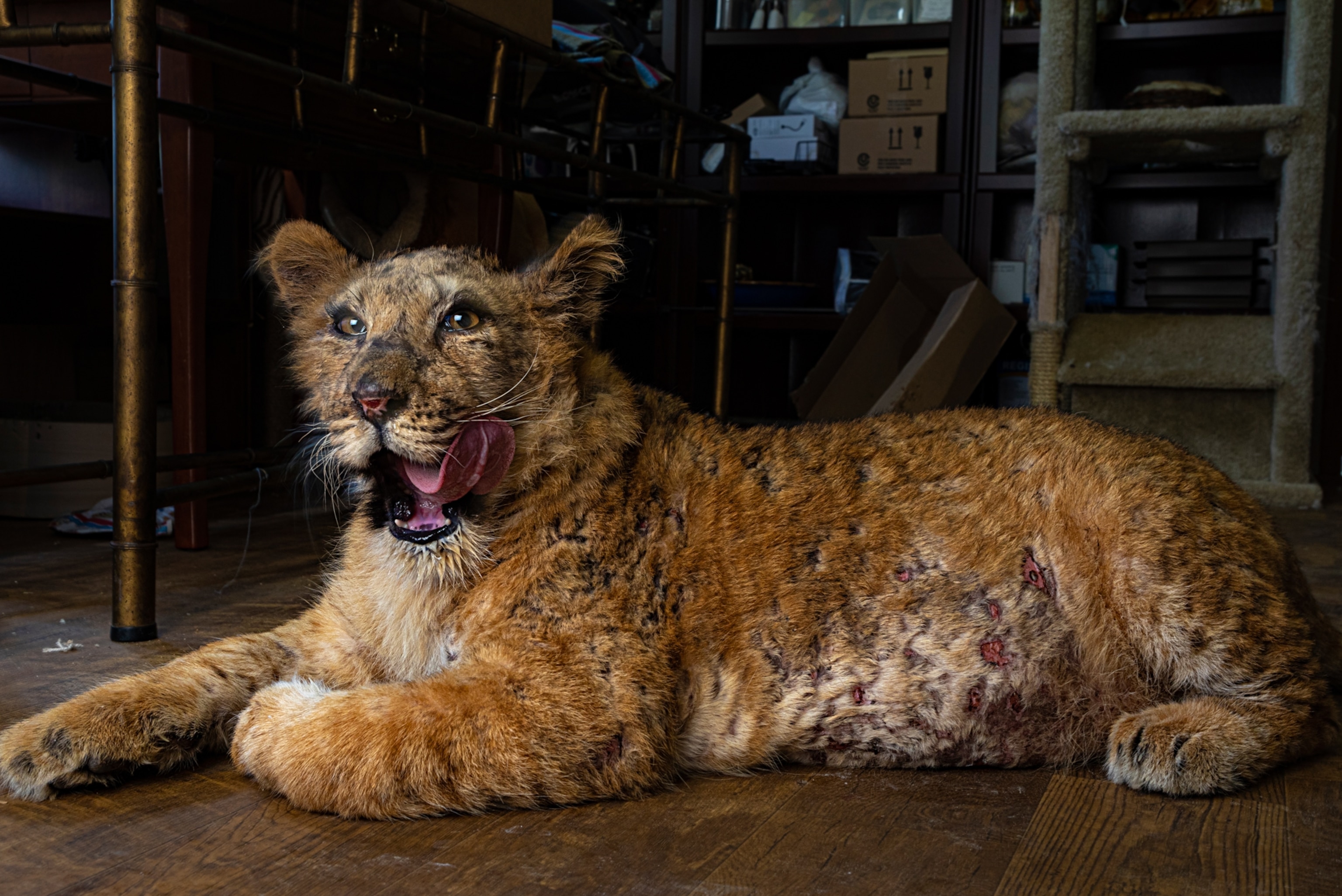
His story detailed India’s about-face on tiger protection in the early 1970s, when the population had plummeted to fewer than 2,000—down from 40,000 in 1900. Fines for poaching had replaced bounties. India banned tiger hunting in 1972, and in an initiative called Project Tiger, it established 15 tiger reserves (later expanded to 51).
Karan Singh, former chairman of the Indian Board of Wildlife and one of the founders of Project Tiger, told Putnam in 1976: “If there is any wildlife left in India in the year 2000, it will be because of what we are doing now.”
Nearly 50 years after Singh’s prescient comment, Nat Geo’s Yudhijit Bhattacharjee visited Nagarole Tiger Reserve, in south India, to find a lush, forested success story. The reserve is home to 135 tigers—more than twice the number from a decade ago—and they share it with thousands of leopards. (Read “Big Cat Haven” from the March 2022 issue here.)
India today has almost 3,000 tigers.
Shining new light on welfare
National Geographic’s coverage of tigers in captivity changed over time as well. In 1961, the magazine published a celebratory story on the transport of a white tiger from India to Washington, D.C.
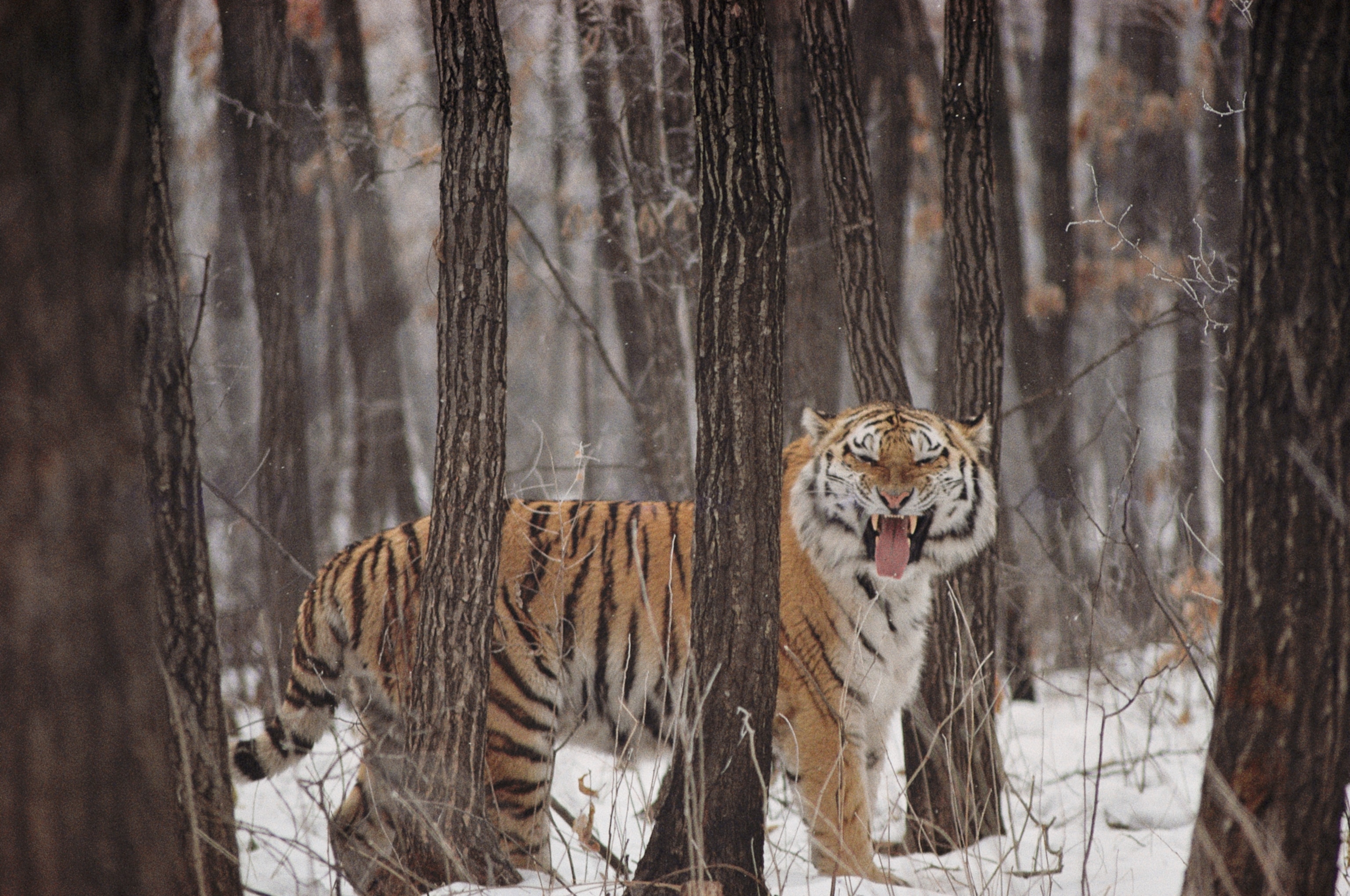
Named Enchantress, she was then the only captive white tiger outside India. (A white tiger is a Bengal tiger with a genetic mutation that’s rarely found in the wild, causing their orange fur to appear white). In the decades since Enchantress’s arrival in the U.S., white tigers bred in roadside zoos as curiosities have become increasingly inbred, leading to significant health problems.)
The story follows Enchantress as she’s transferred from tiny cage to tiny cage, all the way to the White House lawn. In one photograph, President Dwight D. Eisenhower and accompanying gawkers grin at her through bars. Enchantress’s small, barren cage and inability to hide from the pressing crowd doesn’t appear to elicit any concern from onlookers—and none is raised by the story itself.
National Geographic’s storytelling has pivoted from documenting spectacle to exposing exploitation. In a 2019 feature on captive tigers at private homes and roadside zoos throughout the U.S., photographer Steve Winter documented big cats imprisoned in much the same cramped, spectacle-like conditions Enchantress endured 60 years earlier. More tigers suffer in captivity in the U.S. today than live in the wild worldwide.

In some places in the U.S., “it’s easier to buy a tiger than to adopt a kitten from a local animal shelter,” Sharon Guynup writes in the story. Bipartisan lawmakers, various animal welfare organizations, the American Association of Zoos and Aquariums, and others have called for a federal law to regulate big cat ownership. The Big Cat Public Safety Act, first introduced in 2012 and under current consideration in the U.S. Senate and the House of Representatives, aims to prohibit commercial breeding, public handling, and ownership of big cats as pets.

